1. Morton NE, Shields DC, Collins A. Genetic epidemiology of complex phenotypes. Ann Hum Genet. 1991; 55(4):301–314. PMID:
1819230.

2. Yuan Y, You Y, Huang D, Cui J, Wang Y, Wang Q, et al. Comprehensive molecular etiology analysis of nonsyndromic hearing impairment from typical areas in China. J Transl Med. 2009; 7(1):79. PMID:
19744334.

3. Morton NE. Genetic epidemiology of hearing impairment. Ann N Y Acad Sci. 1991; 630(1):16–31. PMID:
1952587.

4. Jacobs HT, Hutchin TP, Käppi T, Gillies G, Minkkinen K, Walker J, et al. Mitochondrial DNA mutations in patients with postlingual, nonsyndromic hearing impairment. Eur J Hum Genet. 2005; 13(1):26–33. PMID:
15292920.

5. Usami S, Abe S, Akita J, Namba A, Shinkawa H, Ishii M, et al. Prevalence of mitochondrial gene mutations among hearing impaired patients. J Med Genet. 2000; 37(1):38–40. PMID:
10633132.

6. Li Z, Li R, Chen J, Liao Z, Zhu Y, Qian Y, et al. Mutational analysis of the mitochondrial 12S rRNA gene in Chinese pediatric subjects with aminoglycoside-induced and non-syndromic hearing loss. Hum Genet. 2005; 117(1):9–15. PMID:
15841390.

7. Bae JW, Kim DB, Choi JY, Park HJ, Lee JD, Hur DG, et al. Molecular and clinical characterization of the variable phenotype in Korean families with hearing loss associated with the mitochondrial A1555G mutation. PLoS One. 2012; 7(8):e42463. PMID:
22879993.

8. Fischel-Ghodsian N, Prezant TR, Chaltraw WE, Wendt KA, Nelson RA, Arnos KS, et al. Mitochondrial gene mutation is a significant predisposing factor in aminoglycoside ototoxicity. Am J Otolaryngol. 1997; 18(3):173–178. PMID:
9164619.

9. Estivill X, Govea N, Barceló E, Badenas C, Romero E, Moral L, et al. Familial progressive sensorineural deafness is mainly due to the mtDNA A1555G mutation and is enhanced by treatment of aminoglycosides. Am J Hum Genet. 1998; 62(1):27–35. PMID:
9490575.

10. Casano RA, Bykhovskaya Y, Johnson DF, Hamon M, Torricelli F, Bigozzi M, et al. Hearing loss due to the mitochondrial A1555G mutation in Italian families. Am J Med Genet. 1998; 79(5):388–391. PMID:
9779807.

11. Manouvrier S, Rötig A, Hannebique G, Gheerbrandt JD, Royer-Legrain G, Munnich A, et al. Point mutation of the mitochondrial tRNA(Leu) gene (A 3243 G) in maternally inherited hypertrophic cardiomyopathy, diabetes mellitus, renal failure, and sensorineural deafness. J Med Genet. 1995; 32(8):654–656. PMID:
7473662.

12. Majamaa K, Moilanen JS, Uimonen S, Remes AM, Salmela PI, Kärppä M, et al. Epidemiology of A3243G, the mutation for mitochondrial encephalomyopathy, lactic acidosis, and strokelike episodes: prevalence of the mutation in an adult population. Am J Hum Genet. 1998; 63(2):447–454. PMID:
9683591.

13. Martin L, Toutain A, Guillen C, Haftek M, Machet MC, Toledano C, et al. Inherited palmoplantar keratoderma and sensorineural deafness associated with A7445G point mutation in the mitochondrial genome. Br J Dermatol. 2000; 143(4):876–883. PMID:
11069477.

14. Reid FM, Vernham GA, Jacobs HT. A novel mitochondrial point mutation in a maternal pedigree with sensorineural deafness. Hum Mutat. 1994; 3(3):243–247. PMID:
8019558.

15. Yuan H, Qian Y, Xu Y, Cao J, Bai L, Shen W, et al. Cosegregation of the G7444A mutation in the mitochondrial COI/tRNA
Ser(UCN) genes with the 12S rRNA A1555G mutation in a Chinese family with aminoglycoside-induced and nonsyndromic hearing loss. Am J Med Genet A. 2005; 138A(2):133–140. PMID:
16152638.

16. Pandya A, Xia XJ, Erdenetungalag R, Amendola M, Landa B, Radnaabazar J, et al. Heterogenous point mutations in the mitochondrial tRNA Ser(UCN) precursor coexisting with the A1555G mutation in deaf students from Mongolia. Am J Hum Genet. 1999; 65(6):1803–1806. PMID:
10577941.

17. Friedman RA, Bykhovskaya Y, Sue CM, DiMauro S, Bradley R, Fallis-Cunningham R, et al. Maternally inherited nonsyndromic hearing loss. Am J Med Genet. 1999; 84(4):369–372. PMID:
10340654.

18. Wong LC, Chen T, Wang J, Tang S, Schmitt ES, Landsverk M, et al. Interpretation of mitochondrial tRNA variants. Genet Med. 2020; 22(5):917–926. PMID:
31965079.

19. Hutchin TP, Navarro-Coy NC, Van Camp G, Tiranti V, Zeviani M, Schuelke M, et al. Multiple origins of the mtDNA 7472insC mutation associated with hearing loss and neurological dysfunction. Eur J Hum Genet. 2001; 9(5):385–387. PMID:
11378827.

20. Subathra M, Ramesh A, Selvakumari M, Karthikeyen NP, Srisailapathy CR. Genetic epidemiology of mitochondrial pathogenic variants causing nonsyndromic hearing loss in a large cohort of South Indian hearing impaired individuals. Ann Hum Genet. 2016; 80(5):257–273. PMID:
27530448.

21. Brandon MC, Lott MT, Nguyen KC, Spolim S, Navathe SB, Baldi P, et al. MITOMAP: a human mitochondrial genome database--2004 update. Nucleic Acids Res. 2005; 33(Database issue):D611–D613. PMID:
15608272.

22. Kokotas H, Grigoriadou M, Korres GS, Ferekidou E, Kandiloros D, Korres S, et al. Detection of deafness-causing mutations in the Greek mitochondrial genome. Dis Markers. 2011; 30(6):283–289. PMID:
21725156.

23. Lee HY, Yoo JE, Park MJ, Chung U, Shin KJ. Mitochondrial DNA control region sequences in Koreans: identification of useful variable sites and phylogenetic analysis for mtDNA data quality control. Int J Legal Med. 2006; 120(1):5–14. PMID:
16177905.

24. Weissensteiner H, Pacher D, Kloss-Brandstätter A, Forer L, Specht G, Bandelt HJ, et al. HaploGrep 2: mitochondrial haplogroup classification in the era of high-throughput sequencing. Nucleic Acids Res. 2016; 44(W1):W58–W63. PMID:
27084951.

25. Van Camp G, Willems PJ, Smith RJ. Nonsyndromic hearing impairment: unparalleled heterogeneity. Am J Hum Genet. 1997; 60(4):758–764. PMID:
9106521.
26. Estivill X, Fortina P, Surrey S, Rabionet R, Melchionda S, D’Agruma L, et al. Connexin-26 mutations in sporadic and inherited sensorineural deafness. Lancet. 1998; 351(9100):394–398. PMID:
9482292.

27. Shin JW, Lee SC, Lee HK, Park HJ. Genetic screening of GJB2 and SLC26A4 in Korean cochlear implantees: experience of soree ear clinic. Clin Exp Otorhinolaryngol. 2012; 5:Suppl 1. (Suppl 1):S10–S13. PMID:
22701767.
28. Subathra M, Selvakumari M, Ramesh A, Ramakrishnan R, Karan KR, Kaur M, et al. Complete mitochondrial genome analysis and clinical documentation of a five-generational Indian family with mitochondrial 1555A>G mutation and postlingual hearing loss. Ann Hum Genet. 2014; 78(3):217–234. PMID:
24660976.

29. Ding Y, Li Y, You J, Yang L, Chen B, Lu J, et al. Mitochondrial tRNA
Glu A14693G variant may modulate the phenotypic manifestation of deafness-associated 12S rRNA A1555G mutation in a Han Chinese family. J Genet Genomics. 2009; 36(4):241–250. PMID:
19376484.

30. del Castillo FJ, Rodríguez-Ballesteros M, Martín Y, Arellano B, Gallo-Terán J, Morales-Angulo C, et al. Heteroplasmy for the 1555A>G mutation in the mitochondrial 12S rRNA gene in six Spanish families with non-syndromic hearing loss. J Med Genet. 2003; 40(8):632–636. PMID:
12920080.

31. Rydzanicz M, Cywińska K, Wróbel M, Pollak A, Gawęcki W, Wojsyk-Banaszak I, et al. The contribution of the mitochondrial
COI/tRNASer(UCN) gene mutations to non-syndromic and aminoglycoside-induced hearing loss in Polish patients. Mol Genet Metab. 2011; 104(1-2):153–159. PMID:
21621438.

32. Meng F, Cang X, Peng Y, Li R, Zhang Z, Li F, et al. Biochemical evidence for a nuclear modifier allele (A10S) in TRMU (methylaminomethyl-2-thiouridylate-methyltransferase) related to mitochondrial tRNA modification in the phenotypic manifestation of deafness-associated 12S rRNA mutation. J Biol Chem. 2017; 292(7):2881–2892. PMID:
28049726.

33. Guan MX, Yan Q, Li X, Bykhovskaya Y, Gallo-Teran J, Hajek P, et al. Mutation in TRMU related to transfer RNA modification modulates the phenotypic expression of the deafness-associated mitochondrial 12S ribosomal RNA mutations. Am J Hum Genet. 2006; 79(2):291–302. PMID:
16826519.

34. Chen B, Sun D, Yang L, Zhang C, Yang A, Zhu Y, et al. Mitochondrial ND5 T12338C, tRNA
Cys T5802C, and tRNA
Thr G15927A variants may have a modifying role in the phenotypic manifestation of deafness-associated 12S rRNA A1555G mutation in three Han Chinese pedigrees. Am J Med Genet A. 2008; 146A(10):1248–1258. PMID:
18386806.

35. Zhao L, Wang Q, Qian Y, Li R, Cao J, Hart LC, et al. Clinical evaluation and mitochondrial DNA sequence analysis in two Chinese families with aminoglycoside-induced and non-syndromic hearing loss. Biochem Biophys Res Commun. 2005; 336(3):967–973. PMID:
16168391.

36. Young WY, Zhao L, Qian Y, Li R, Chen J, Yuan H, et al. Variants in mitochondrial tRNAGlu, tRNAArg, and tRNAThr may influence the phenotypic manifestation of deafness-associated 12S rRNA A1555G mutation in three Han Chinese families with hearing loss. Am J Med Genet A. 2006; 140(20):2188–2197. PMID:
16955413.
37. Rishishwar L, Jordan IK. Implications of human evolution and admixture for mitochondrial replacement therapy. BMC Genomics. 2017; 18(1):140. PMID:
28178941.

38. Yelverton JC, Arnos K, Xia XJ, Nance WE, Pandya A, Dodson KM. The clinical and audiologic features of hearing loss due to mitochondrial mutations. Otolaryngol Head Neck Surg. 2013; 148(6):1017–1022. PMID:
23525847.

39. Lu J, Qian Y, Li Z, Yang A, Zhu Y, Li R, et al. Mitochondrial haplotypes may modulate the phenotypic manifestation of the deafness-associated 12S rRNA 1555A>G mutation. Mitochondrion. 2010; 10(1):69–81. PMID:
19818876.

40. Bykhovskaya Y, Shohat M, Ehrenman K, Johnson D, Hamon M, Cantor RM, et al. Evidence for complex nuclear inheritance in a pedigree with nonsyndromic deafness due to a homoplasmic mitochondrial mutation. Am J Med Genet. 1998; 77(5):421–426. PMID:
9632174.

41. Wei QP, Zhou X, Yang L, Sun YH, Zhou J, Li G, et al. The coexistence of mitochondrial ND6 T14484C and 12S rRNA A1555G mutations in a Chinese family with Leber’s hereditary optic neuropathy and hearing loss. Biochem Biophys Res Commun. 2007; 357(4):910–916. PMID:
17452034.

42. Mezghani N, Mnif M, Mkaouar-Rebai E, Kallel N, Charfi N, Abid M, et al. A maternally inherited diabetes and deafness patient with the 12S rRNA m.1555A>G and the ND1 m.3308T>C mutations associated with multiple mitochondrial deletions. Biochem Biophys Res Commun. 2013; 431(4):670–674. PMID:
23357420.

43. Guan MX, Enriquez JA, Fischel-Ghodsian N, Puranam RS, Lin CP, Maw MA, et al. The deafness-associated mitochondrial DNA mutation at position 7445, which affects tRNA
Ser(UCN) precursor processing, has long-range effects on NADH dehydrogenase subunit ND6 gene expression. Mol Cell Biol. 1998; 18(10):5868–5879. PMID:
9742104.

44. Li X, Zhang LS, Fischel-Ghodsian N, Guan MX. Biochemical characterization of the deafness-associated mitochondrial tRNA
Ser(UCN) A7445G mutation in osteosarcoma cell cybrids. Biochem Biophys Res Commun. 2005; 328(2):491–498. PMID:
15694374.

45. Kumana CR, Yuen KY. Parenteral aminoglycoside therapy. Selection, administration and monitoring. Drugs. 1994; 47(6):902–913. PMID:
7521830.
46. Driessen RG, Groven RV, van Koll J, Oudhuis GJ, Posthouwer D, van der Horst IC, et al. Appropriateness of empirical antibiotic therapy and added value of adjunctive gentamicin in patients with septic shock: a prospective cohort study in the ICU. Infect Dis (Lond). 2021; 53(11):830–838. PMID:
34156899.

47. Habib G, Lancellotti P, Antunes MJ, Bongiorni MG, Casalta JP, Del Zotti F, et al. 2015 ESC guidelines for the management of infective endocarditis: the task force for the management of infective endocarditis of the European Society of Cardiology (ESC). Endorsed by: European Association for Cardio-Thoracic Surgery (EACTS), the European Association of Nuclear Medicine (EANM). Eur Heart J. 2015; 36(44):3075–3128. PMID:
26320109.

48. World Health Organization. WHO Consolidated Guidelines on Tuberculosis: Module 4: Treatment - Drug-Resistant Tuberculosis Treatment, 2022 Update. Geneva, Switzerland: World Health Organization;2022.
49. Wargo KA, Edwards JD. Aminoglycoside-induced nephrotoxicity. J Pharm Pract. 2014; 27(6):573–577. PMID:
25199523.

50. Le TA, Hiba T, Chaudhari D, Preston AN, Palowsky ZR, Ahmadzadeh S, et al. Aminoglycoside-related nephrotoxicity and ototoxicity in clinical practice: a review of pathophysiological mechanism and treatment options. Adv Ther. 2023; 40(4):1357–1365. PMID:
36738370.


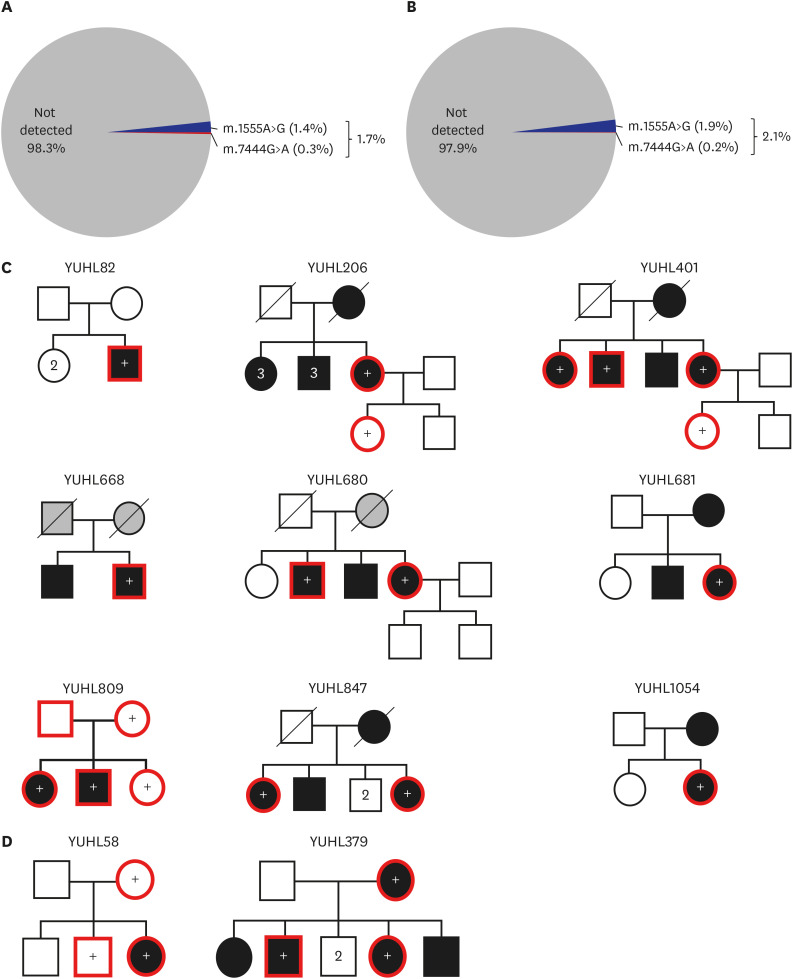
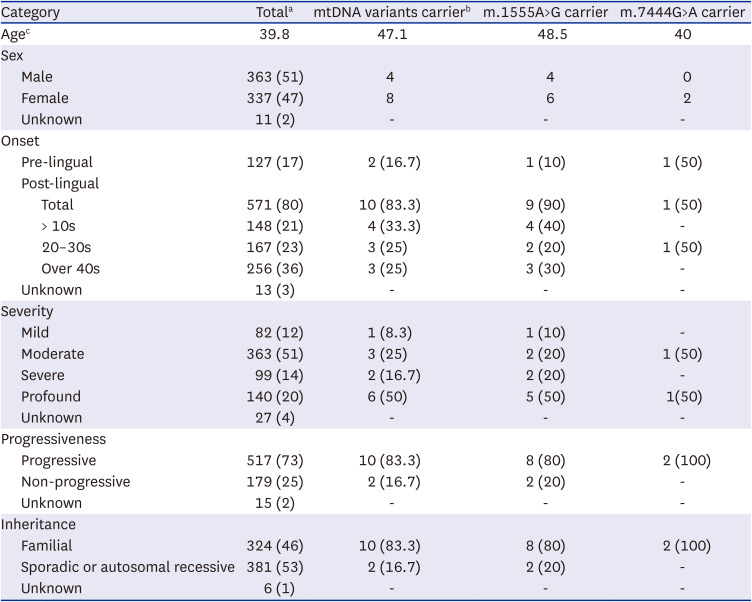
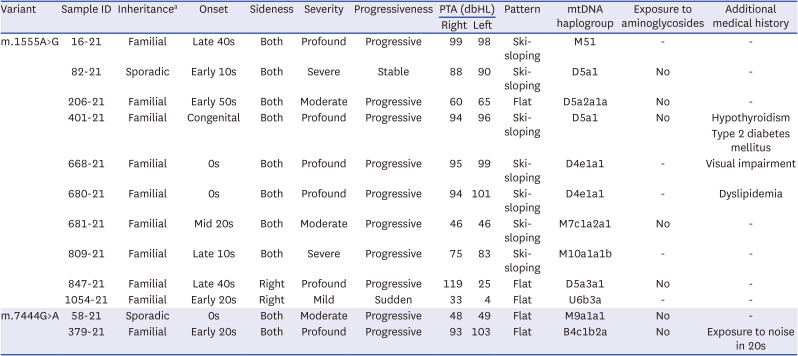
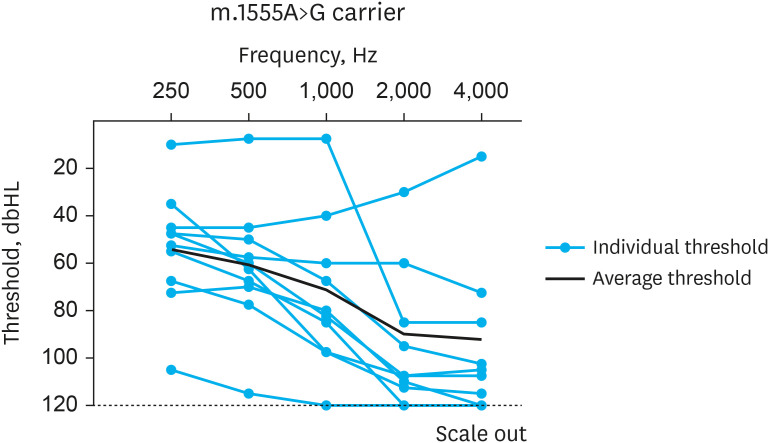




 PDF
PDF Citation
Citation Print
Print



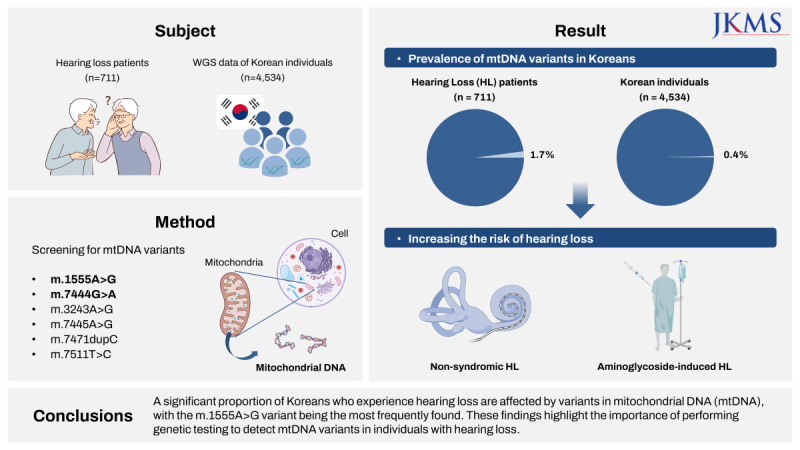
 XML Download
XML Download